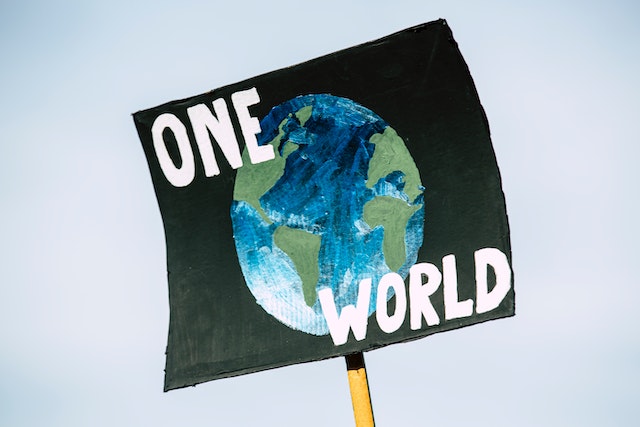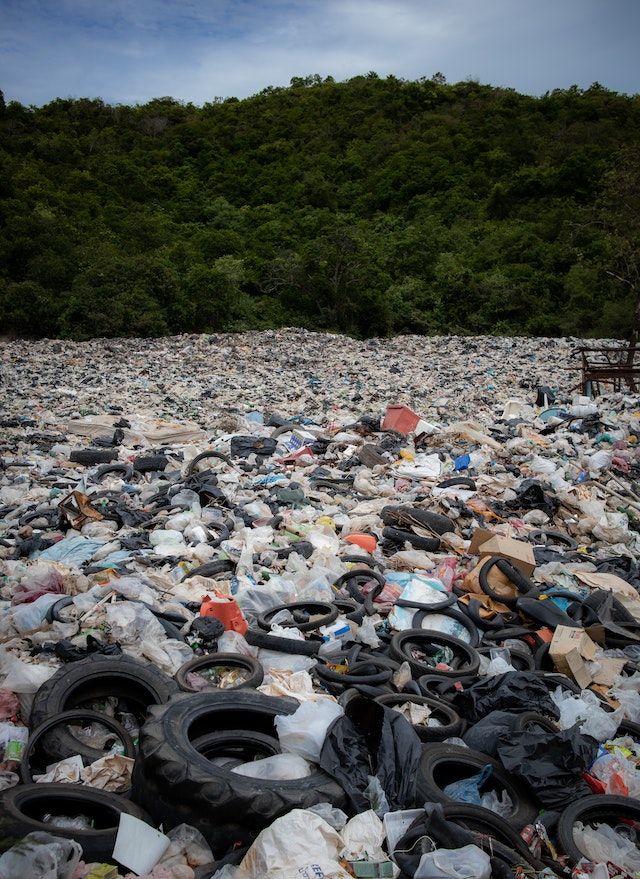According to the latest Circularity Gap Report, the global economy is only 7.2% circular, meaning almost 90% of resources get wasted, lost or remain unavailable after just one use.
The latest Circularity Gap Report showed a reality that, far from being unexpected, is still relatively shocking given the fact that it portrays such negative results in a time when we needed good circular economy practices the most.
In fact, it shows as pattern of circularity that just keeps getting worse every year. In 2018 the world economy was 9.1% circular, in 2020 that number plummeted to 8.6%, and three years later, the number keeps on getting worse.
This means only 7.2% of materials are cycled back into the global economy after the end of their useful life.
The dangers of a linear economy
The difference between a linear or a circular economy is simple, the first extracts and uses materials to then dispose of them after the end of their ‘useful’ life, while the circular mindset calls for a reuse and repurpose of all materials even after the end of the useful life they were primarily thought and extracted for.
But this is just a very superficial explanation of what differentiates these two economic models. The primary difference we want to focus on here is that of the menacing effects the linear economy entails compared to a system based upon circularity.

The materials and resources earth can provide are limited, and as the planet’s population rises and basic social and human needs grow, so does the strain we put onto the natural process of recovery our planet is capable of.
But increasing our consumption of raw or virgin materials does not necessarily mean better quality of life or conditions for people. In fact, it might mean the opposite.
How circularity can save the planet
Circularity is the key to bring human activity back into mother nature’s safe limits, as the report suggests we need to reduce material extraction and consumption by one-third. And although it may sound far fetched at first glance, it is actually perfectly achievable through circular solutions.
The report brings us four key points to take into account when designing a more circular way of doing things. This four points are based upon four of the most important pillars of our global economy.
First and foremost, and perhaps one of the biggest challenges of our time is the idea of using less. Overconsumption is too true of a reality to ignore it, and it is a huge part of climate change and natural devastation.
Reversing what has now become normal is an enormous challenge, and one that requires individual action, responsibility and accountability at the forefront of change.
Secondly, we need to think about slowing down the process of disposing, this is, we need to use things for longer. Products and materials should stay in the economy for longer if we want to make the extraction of materials worthwhile.
The concept of planned obsolescence has been around for many years and created a culture of make-take-waste that is slowly, but steadily threatening our livelihood.

Another big concern is that of extracting and using natural resources way over our planet’s capacity to regenerate itself. Apart from using less and using it for longer, we need to think about making things cleaner and being respectful with the environment.
Last but not least, the circular economy calls for an almost never ending cycle of reusing and repurposing materials throughout the economy. Perhaps the most well known and the first idea that comes to mind when thinking about circularity: bringing things back into the economy and reducing waste as much as possible.
The need for change
Although the report explores circularity and the state of the latter in today’s global economy extensively, the conclusion of it all is quite clear: we are not doing enough and change needs to happen soon.
For the last few years circularity metrics have only plummeted and showcased a reality that is quite contradictory given how much information, institutional plans, and regulations have thrived in these past years, but how little progress has been achieved in terms of a circular global economy in contrast.
Luckily, now that we have the numbers, we can confidently state how much needs to be done; it is time to make a difference, from individual to collective action, circularity needs be part of the conversation.
For governments and institutions that may be passing new and stronger regulations, for companies, it means putting sustainability in the forefront of business and reimagining their own production model.

For individuals ir could look like new habits, new ways of doing things, learning and taking action to help build a more sustainable and efficient economy.
Small actions go a long way
In DoGood we advocate for the importance of making small but meaningful changes in our everyday life in order to find purpose and a more healthy relationship with what is around us.
We also believe that working collectively can help us find that which alone may seem unattainable or useless. That is why we think the workplace is the perfect environment to find that collective eagerness to make a difference, both for the sustainability and purpose of the company and a more sustainable way of being for all employees.
Through our technology we help companies establish ESG impact objectives for employees in regards to the sustainability strategy of the company.
We are able to activate and track employees’ impact, creating engagement that translates into improved ESG metrics, reputational value and an overall positive impact for the environment and society.
If you want to know more about how we work to create a positive social and environmental impact, click here.







